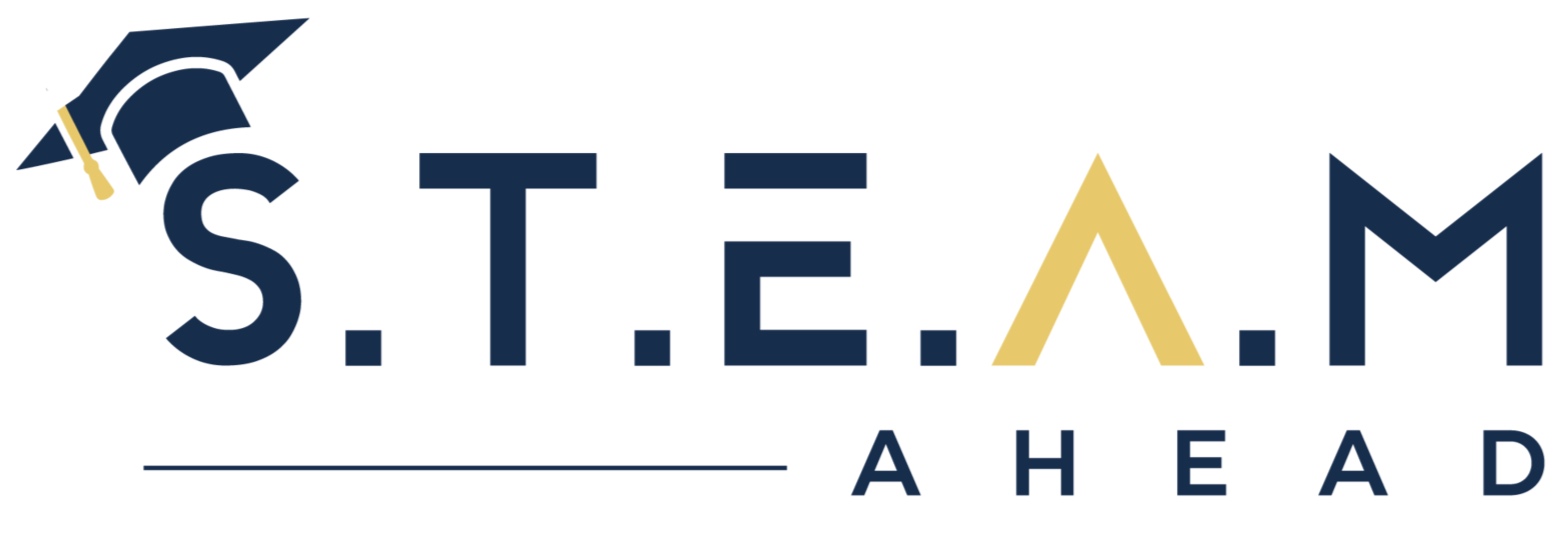US Literacy Statistics: An Urgent Call for Action
The recent trends in literacy rates among US children and adults indicate a need for attention, as fewer children are reading for enjoyment and many adults face challenges with basic reading tasks. Understanding these patterns is essential for creating effective strategies to enhance literacy nationwide.
Literacy Statistics in the US
According to the National Assessment of Educational Progress (NAEP), there has been a concerning decline in reading proficiency among US students. The 2023 reading scores for 13-year-olds were notably lower than in 2020, with declines observed across all performance levels. For instance, the average reading score for 9-year-olds in 2022 was 7 points higher than in 1971 but 5 points lower than in 2020, highlighting a recent downward trend. Similarly, the average score for 13-year-olds in 2023 was 4 points lower than in 2020 and showed no significant improvement since 1971.
The reading habits of children have also changed dramatically. In 2020, only 42% of 9-year-olds and 17% of 13-year-olds reported reading for fun almost daily—the lowest rates since 1984. Conversely, the share of children who never or hardly ever read for fun reached 16% for 9-year-olds and 29% for 13-year-olds.
Reading habits also vary significantly by gender and race. In 2020, nearly half of 9-year-old girls (46%) read for fun almost every day, compared to 38% of boys. Among 13-year-olds, 20% of girls and 14% of boys read for fun daily. Additionally, Asian American, White, and Hispanic students were more likely to read for fun than their Black peers. For instance, 50% of 9-year-old Asian American students read for fun daily, compared to 35% of Black students.
For adults, the literacy picture is equally concerning. Around 21% of US adults, or approximately 43 million people, possess low literacy skills. This group struggles with basic tasks such as understanding sentences or reading short texts. The issue is particularly pronounced among non-native English speakers and certain racial and ethnic groups. For example, while White and Hispanic adults make up the largest segments of low-literacy individuals, non-native English speakers are disproportionately represented among adults with low literacy skills.
Strategies for Enhancing Literacy
Improving literacy in the US requires a multifaceted and nuanced approach. Here are some key strategies to consider:
Photo Source: Yan Krukau
Fostering a Love for Reading: Cultivating an intrinsic love for reading among children is essential. Schools can initiate book clubs, reading challenges, and literacy programs that highlight the joy of reading. Libraries can play a pivotal role by hosting engaging events and ensuring a diverse range of books that cater to various interests and reading levels.
Enhancing Parental Engagement: Parents are crucial in shaping their children's reading habits. Programs that encourage parents to read with their children, discuss books, and demonstrate positive reading behaviors can make a significant difference. Schools can support this by providing resources and workshops designed to help parents nurture their children's literacy.
Expanding Access to Resources: Providing widespread access to books and educational materials, particularly in underserved communities, is critical. This can be achieved through mobile libraries, book donation drives, and partnerships with local businesses. Additionally, digital libraries and e-books can increase accessibility to reading materials.
Supporting Adult Literacy Programs: Addressing adult literacy requires robust education programs focused on practical literacy skills, such as job-related reading and writing. These programs should offer flexible scheduling to accommodate working adults. Community centers and local organizations can be instrumental in delivering these services.
Leveraging Technology: Utilizing digital tools and apps can make reading more engaging and interactive. Educational software that adapts to individual learning levels can assist both children and adults in improving their reading skills. Online courses and virtual tutoring can also provide valuable support.
Engaging the Community: Community involvement is crucial for promoting literacy. Local businesses, non-profits, and volunteers can contribute to literacy initiatives through funding, resources, and mentorship programs. Creating a culture that values and celebrates reading can inspire individuals to improve their literacy skills.
Addressing the literacy crisis in the US requires a comprehensive approach involving schools, families, communities, and policymakers. By promoting reading for pleasure, providing access to resources, expanding adult literacy programs, and utilizing technology, we can improve literacy rates across the nation. With concerted efforts, we can empower individuals to achieve their full potential and create a more literate and informed society.


